INSECT & SPIDER CONTROL
GENERAL INSECT CONTROL
INSECT PEST CONTROL & PREVENTION
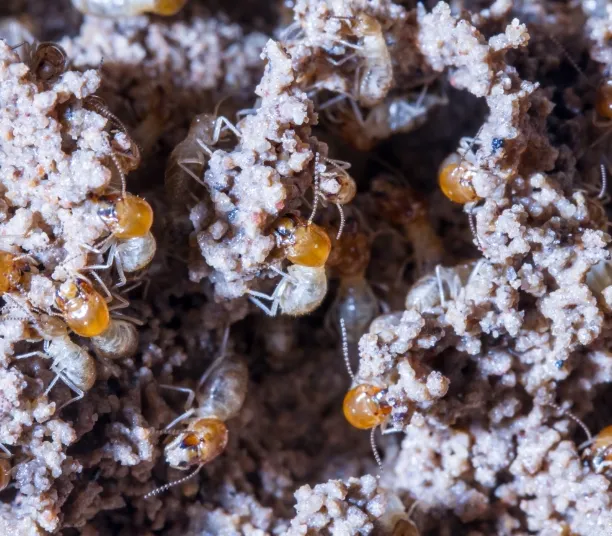
Strategic pest management
Insect control involves the prevention, management, and/or eradication of certain species deemed as a burden or pest to humans. In fact, removing insects or spiders is part of a strategic pest management strategy.
Rodents, birds, and insects all fall under the pest category because of their destructive potential to human habitats. Not only do pests wreak havoc in a residential home, but also they can carry infectious diseases. These diseases can range from viruses to dangerous bacterial infections.
On the other hand, pests can also destroy the structural integrity of a residential home or commercial building. Termites, rats, and mice are known to destroy anything in their path over time.
As part of our pest removal process, we inspect, determine, and plan a proactive strategy to remove any unwanted insects and spiders as well as educating you on future strategies for preventation and treatment, such as using biologics. In Calgary, most insects, mites or spiders shelter in warm areas, especially during the cold winter months.
PEST PREVENTION
Proactive inspections are the best way to manage and eliminate pest problems. Our thorough inspection will pinpoint the problem areas of your home and property. This information gives us a guideline for proactively treating your property.
We will also identify and outline structural concerns and environmental conditions that may lead to potential pest problems.
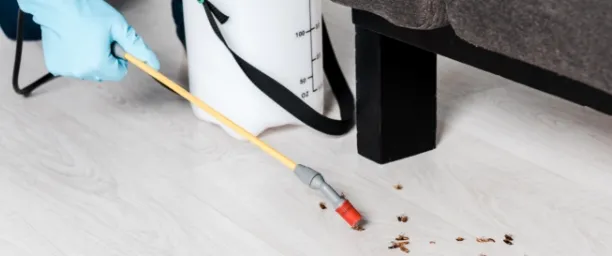
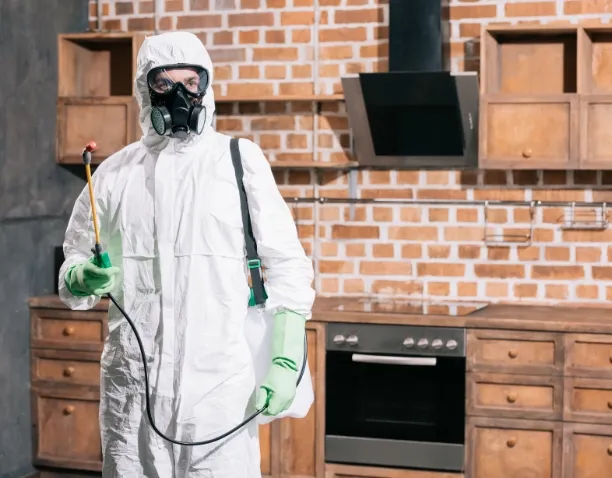
STRATEGIC PEST SERVICES
After our initial inspection, a certified Service Specialist will take the information to create an individualized and focused strategy. This strategy is executed to protect your home and property from pests.
You will receive a detailed analysis of your property and the treatment performed once our pest control services are completed.
PROACTIVE PEST PREVENTION
As with any proactive program, monthly inspections and preventative treatments are necessary to keep your home pest-free. Due to seasonal changes, Martin’s Pest Control can proactively treat for seasonal pests. By offering preventative treatments, we can keep your property pest-free and give you peace of mind.
IDENTIFYING YOUR PEST
MOST COMMON INSECT PEST IN CALGARY
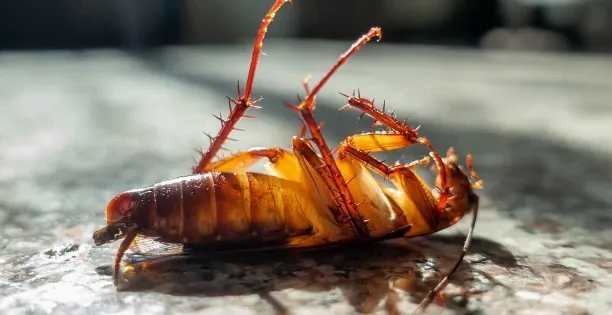
Cockcroach
The cockroach is part of the Blattodea family, which includes the termite. There are more than 4,000 different cockroach species and infestations are on the rise in Alberta. However, only 30 cockroach species are associated with human habitats.
Reproduction includes attracting mates by using pheromones. Cockroaches are resilient and can reproduce rapidly under any condition.
View our pest guide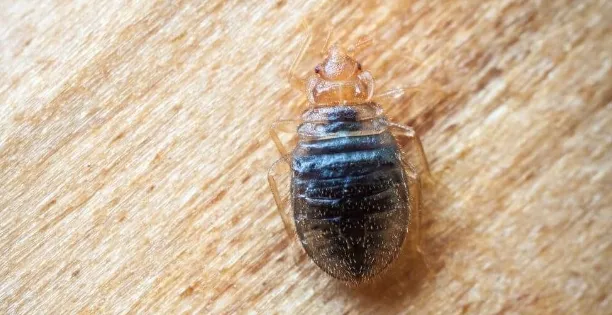
BED Bugs
Bed bugs feed on human blood, mostly at night. In fact, their skin bites can result in skin rashes, allergic reactions, and physiological implications.
Furthermore, skin blisters and itchiness are prominent symptoms of bed bugs. With that said, symptoms usually take minutes to days to appear on a victim.
View our pest guide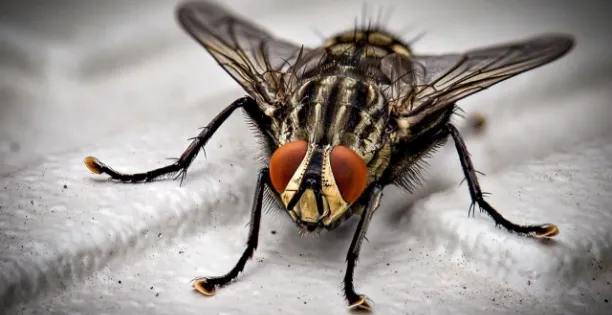
Housefly
As we all know, flies are an extreme nuisance. Not only do they disturb people at all times, but they also contaminate food and food sources.
Flies have a high flicker fusion rate, which allows them to move several times quicker than humans. Flies tend to breed and feed in unsanitary areas, resulting in a health hazard for humans and pets.
View our pest guide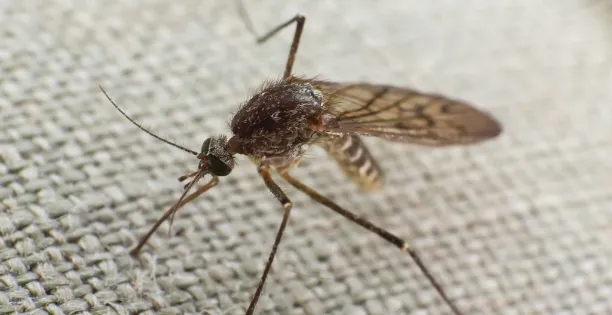
Mosquitos
Calgary is home to more than 20 of the 44 species of mosquito currently known to occur in Alberta. The female mosquito feeds on human or mammal blood.
The saliva of the female mosquito causes the irritation and itchiness associated with a mosquito bite. The mosquito kills more people than any other living animal on earth.
View our pest guide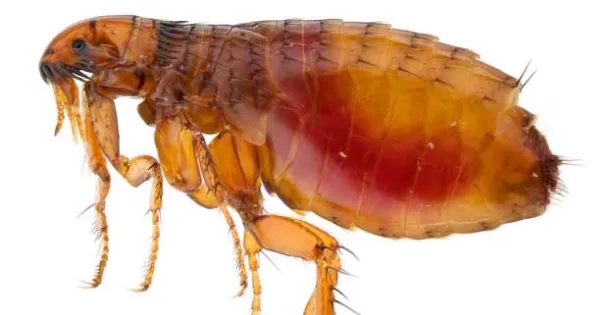
Fleas
The flea is a small, flightless insect parasite that hosts on mammals and birds. Fleas live on blood they extract from their hosts. Generally brown in colour, fleas grow up to 3mm by .12mm long.
Fleas have narrow, flat-sided bodies that allow them to navigate through their host’s fur or hair. Fleas are also able to leap up to 50 times their body length.
View our pest guide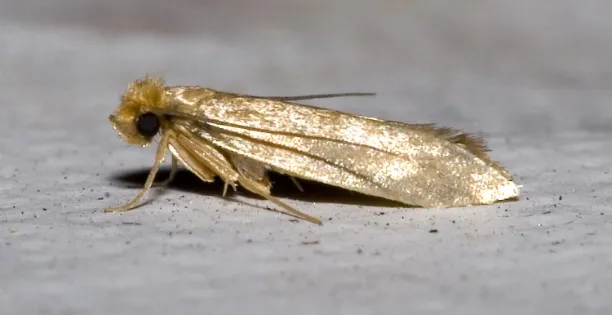
clothes Moth
The adult female clothes moth tends to lay her eggs in clusters on fabric fibre. This fabric fibre can include silk, wool, cotton, and fur.
In some cases, they gravitate to specific linen blends, too. Clothes moths can also feed on carpeted areas within your home.
View our pest guide